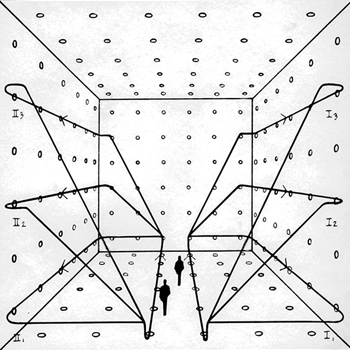By definition:
#f'(x) = lim_(h to 0) (f(x+h) - f(x))/(h)#
Here we have
#f'(x) = lim_(h to 0) 1/h * (1/sqrt(x+h) - 1/sqrt(x))#
# = lim_(h to 0) 1/h * (( sqrt(x) - sqrt(x+h) )/(sqrt(x+h) sqrt(x)))#
A very common tactic when dealing with radicals is to multiply by the conjugate, and use the idea that #(a+b)(a-b) = a^2 - b^2#
Here that means:
# = lim_(h to 0) 1/h * (( sqrt(x) - sqrt(x+h) )/(sqrt(x+h) sqrt(x)))* (( sqrt(x) + sqrt(x+h) )/( sqrt(x) + sqrt(x+h)))#
# = lim_(h to 0) 1/h * (( (x) - (x+h) )/(x sqrt(x+h) + (x+h) sqrt(x)))#
doing the numerator first
# = lim_(h to 0) ( -1 )/(x sqrt(x+h) + (x+h) sqrt(x))#
then the denominator
# = lim_(h to 0) - ( 1 )/(x sqrt(x+h) + x sqrt(x) + h sqrt(x))#
# = - ( 1 )/(x sqrt(x) + x sqrt(x) + 0)#
# = - ( 1 )/(2x sqrt(x) )#
by some more manipulation, this then becomes the same as you would expect from a straight power rule
# = - ( 1 )/(2 sqrt(x^3) )#
# = - ( 1 )/(2 x^(3/2) )#

